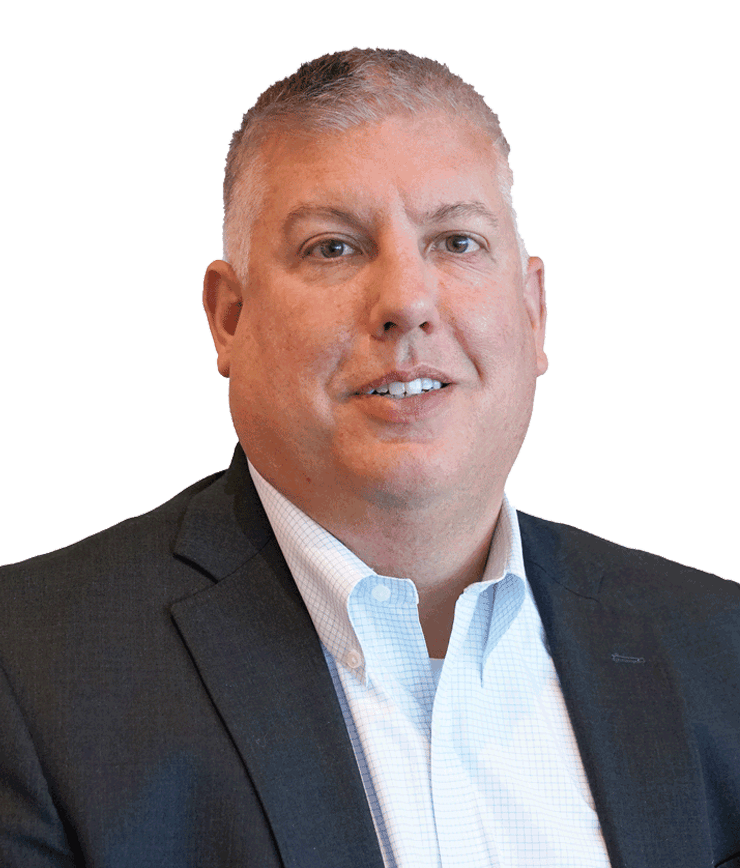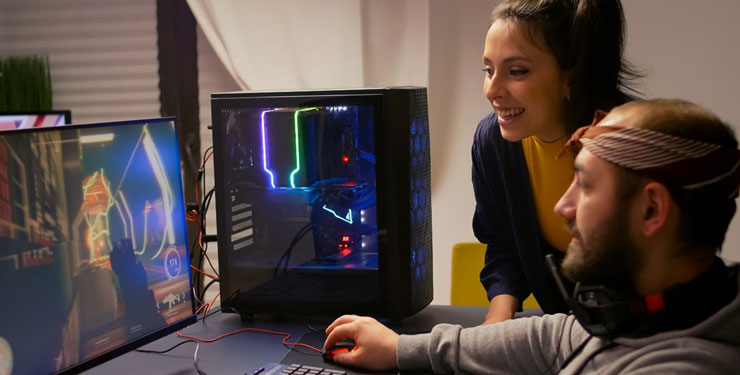
The Future of Ed Tech and Its Impact on Higher Education
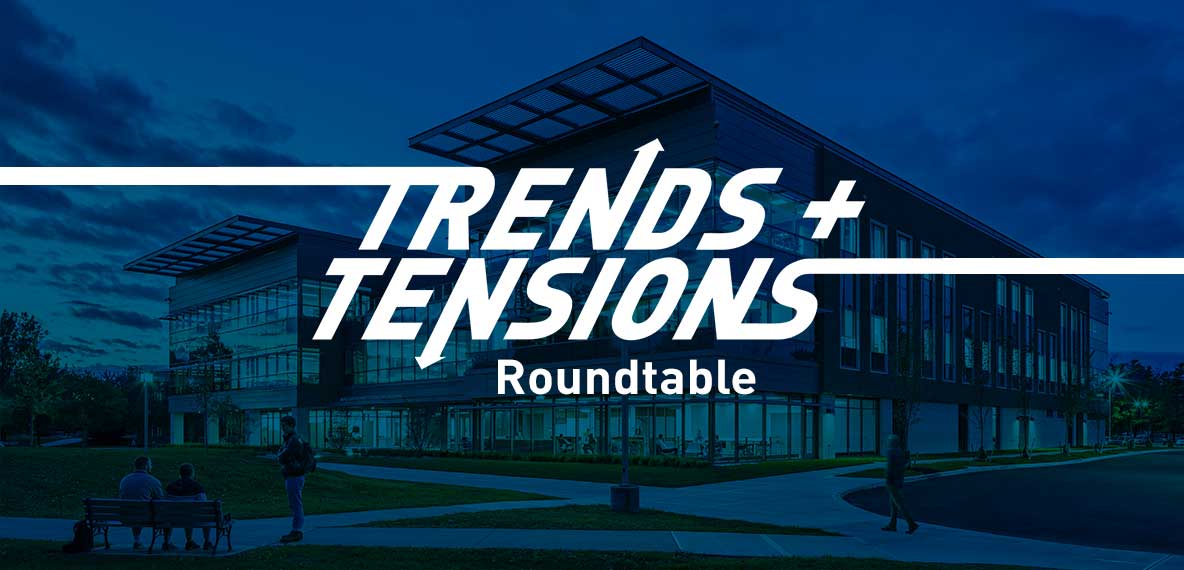
Abstract
The BHDP Trends + Tensions Roundtable Series enables senior leaders to hear the latest perspectives on emerging trends impacting Higher Education, Workplace, Industrial, Discovery & Science, and Retail market sectors. Given the ongoing impact of education technology and the acceleration of these impacts because of the pandemic, our roundtable series recently focused on the subject of “Ed Tech and Its Future Impact on Higher Education.”
With the immense shifts that have taken place in academia in the aftermath of the pandemic, leaders must come together to identify trends in their market—as well as the near-term and long-term implications that lie ahead.
On June 23, 2021, BHDP and Terra Firma facilitated a virtual ed tech roundtable with 10 of higher education’s preeminent thought leaders. These leaders included distinguished postsecondary presidents, ed tech researchers and authors, and executives from the largest ed tech industries in the United States. The group explored three general topical areas, namely, (1) campus planning and the student experience, (2) technology, disruption, and innovation, and (3) student access and student success.
To fuel this exchange, BHDP and Terra Firma facilitated the discussion. The following summary includes strategic takeaways, emerging themes, and provocative points to consider from the roundtable discussion, as well as our point of view on how future trends may impact the integration of ed tech into broader campus and strategic planning.
Key Takeaways and Emergent Themes
Throughout the dialogue, several lines of thought received affirmation and/or consensus among roundtable participants.
1. The pandemic revealed several opportunities that can positively impact teaching and learning moving forward.
The pandemic was like an earthquake at the bottom of the ocean.
Roundtable Participant
In various ways, roundtable participants suggested that the pandemic identified aspects of higher education that may perpetually be affected and improved because of the adjustments made during the crisis. These include impacts to student learning and general institutional operations. For example, presidents observed an increase in student participation in online office hours that were both effective and successful. In addition, several presidents cited the benefits of reducing their own personal travel as well as the travel of faculty, students, and trustees. In so doing, this saved financial resources, but also provided greater efficiency in addressing issues that can be managed through virtual meetings, conferences, and decision-making.
Moreover, the pandemic challenged the conventional orthodoxy that there is only one way to “do” education. The fundamental rethink of what education is or ought to be has come under the microscope. One participant stated, “The pandemic was like an earthquake at the bottom of the ocean. Most higher education institutions didn’t experience the full impact. However, in the next 12-24 months there will be significantly different types of programs that we would never have had were it not for covid.” Students are more apt to question how education is being delivered, and consequently, have different expectations. Also, faculty feel empowered to do things differently, although they are tired—and so there is likely not to be profound changes immediately moving forward.

2. The pandemic exacerbated and animated equity issues within higher education between the privileged and the disadvantaged.
I’m worried on-campus is going to become a premium that costs the most.
Roundtable Participant
Equity issues within education have been a point of discussion for decades. However, the pandemic clearly and substantially created greater challenges and larger disparities for students who are socioeconomically challenged, which often include underrepresented populations. One roundtable president cited how enrollment declined 14% at her institution throughout the pandemic and that 12 of this 14% was directly correlated to students who lived in areas without access to broadband. The misperception that students across the United States have equal access to strong broadband was discussed, and the detrimental impacts on students in rural and poor communities were widely acknowledged. Among these impacts is that such institutions become nothing more than correspondence schools for students who do not have the hardware, broadband, or computer literacy to engage in more meaningful hybrid learning.
There was insightful conversation around the topic of whether and if there exist different learners—or learners who have different circumstances such as poverty. While there is acknowledgment that learners have different abilities and disabilities, the socioeconomic realities of a learner’s circumstances were identified as positive or negative factors to their success within the hybrid, distributed, online learning environment.
One participant noted, “If on-campus learning is important to a certain population of learners, I’m worried that on-campus is going to become a premium that costs the most and is for the ‘haves’ and online is for everyone else. When, many of those who excelled online were the ‘haves’ and the ones who didn’t were the low SES profile who may end up dwelling in an online education going forward because of resource limitations.”
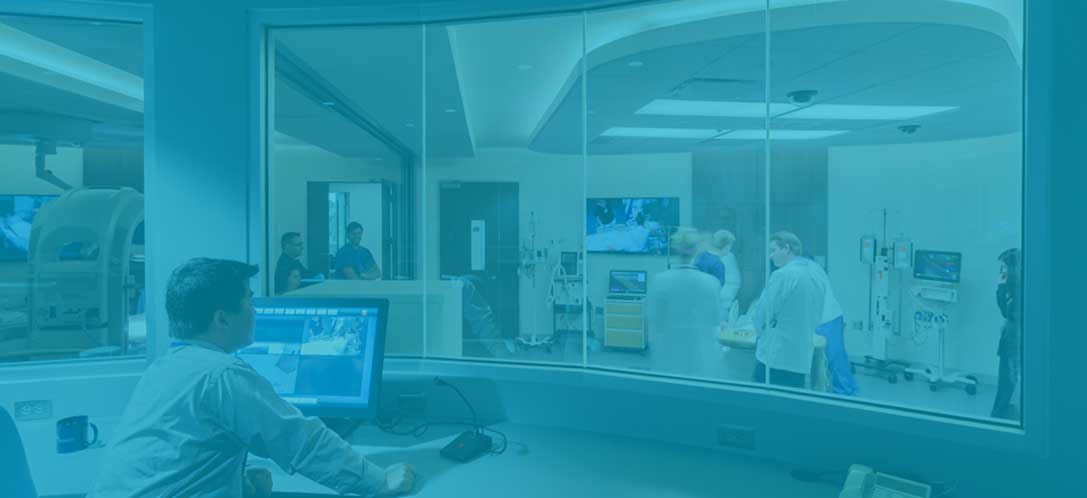
3. While technology is important, an institution’s understanding of the students they serve and their approach to educating them is more important.
New educational technology can create 7x the impact on student learning outcomes.
New educational technology—when deployed thoughtfully and resourced appropriately by administrators mindful of the diversity of student learners and their circumstances—can increase access, enhance productivity, and lower educational costs. One participant cited research illustrating a 7x impact on student learning outcomes. However, there was wide consensus among the group that technology is secondary to addressing problems associated with the approach to education, teaching, and learning. Colleges first must develop an ideal approach to education based on the students they serve (who naturally will be different from the students other institutions serve). Then, upon understanding the needs and expectations of those students, colleges must develop an educational approach that responds accordingly. Once determined, technology can support this educational approach.

4. Online education provides several benefits—and has several drawbacks.
Multiple modalities for multiple personalities [has its benefits].
Roundtable Participant
In one sense, the pandemic occurring in 2021 allowed for a continuity in education that simply could not have occurred had it taken place twenty years ago. The wide use of computers, internet, content management systems, and video telephony (video conferencing) provided for an educational pivot that—though disruptive and at times clunky—allowed for continuity of educational pursuits. For many, their persistence and graduation rates remained on track. Moreover, several students and faculty adapted and appreciated the flexibility such hybrid and online learning environments provided. As one participant noted, “multiple modalities for multiple personalities” did in fact have its benefits.
The continuity of education notwithstanding, the drawbacks of online and hybrid learning are also notable. Roundtable participants indicated that it is simply uninspiring to interact with students and faculty online, and that the process of attempting to do teaching and learning through such means is exhausting and time-consuming. Online and hybrid also pose challenges to students specifically around the use of space. Identified limitations in campus environments include lack of private and quiet spaces to accomplish online learning, additional stress related to available power and Wi-Fi, and spaces to promote effective movement between the two types of learning while on campus.
In addition, while the advantages of asynchronous education were acknowledged, the negative impacts to experiential and tactile learning were equally acknowledged. Participants agreed that it’s not just about content, but about the social and interpersonal skills and the interactions that don’t require scheduling a zoom meeting. It’s not just about learning content and core competencies but social development. And social development and structures within our society and our campuses have been breaking down for some time. We are behind.
Also, there was collective agreement that faculty do not want to teach to students who are both online and in-person at the same time.
As it relates to digital technology, one presidential participant emphasized that “digital distrust” exists among underrepresented groups as it is not a normal, integrated part of their daily experience. They do not bank online or conduct other business or life affairs online. So being educated online is truly foreign to them.

5. Students are not monolithic.
We need to think about different people in different circumstances.
As evidenced by the roundtable participants alone, and the students they serve, there was wide agreement that students today are not monolithic, and that any discussion of college students must consider the extraordinary diversity in student age, race, socioeconomic status, educational goals and expectations, proclivity toward particular learning modalities, among other factors. Among our roundtable participants, Benedict College students are substantially different than Harvey Mudd students, who are equally different from College of Mount Saint Vincent or Minerva students. And in all four cases, these institutions serve a dramatically different student than does Coursera or edX.
The key is meeting the unique needs of each student at various stages in their life journey. If we’re thinking about education at large, we need to think about different people in different circumstances. It is a question of efficacy. It is not only a question of “can they or can’t they?” but even more so “will they or won’t they?” This accentuates the need to fully understand the people and the inherent behaviors for which space and technology, as well as pedagogy, are designed. Learning through online platforms, reading, experiential or hands-on, and social interaction all drive different needs in space and supporting technology.

6. Partnerships are both effective and essential in delivering online education well.
Promoting successful, blended learning is hard and expensive.
Despite the concerns about the quality of online teaching and learning and the associated resource considerations and concerns, few institutions pivoted to utilizing partnerships with others who have already invested millions of resources to develop high-quality online curriculum and delivery modalities. In other words, most institutions were extremely conservative and took a “go it alone” approach.
Roundtable participants made several comments that promoting successful, blended learning is hard and expensive and that in most instances the resources required have not been allocated to provide high-quality blended learning. Hence, partnerships with other institutions, consortia, or with organizations such as Coursera, Google, or edX can be valuable. However, there was acknowledgment that such partnerships can breach the very identity of how faculty see themselves as faculty, and so a sensitivity to introducing such partnerships, courseware systems, and related opportunities needs to be mindful of such realities.
The roundtable participants, as leaders within the higher education and education technology sectors, suggested the go-it-alone strategy is both ineffective and, in some ways, irresponsible. They discussed opening ecosystems to share across modalities and time to enhance the learning environment.
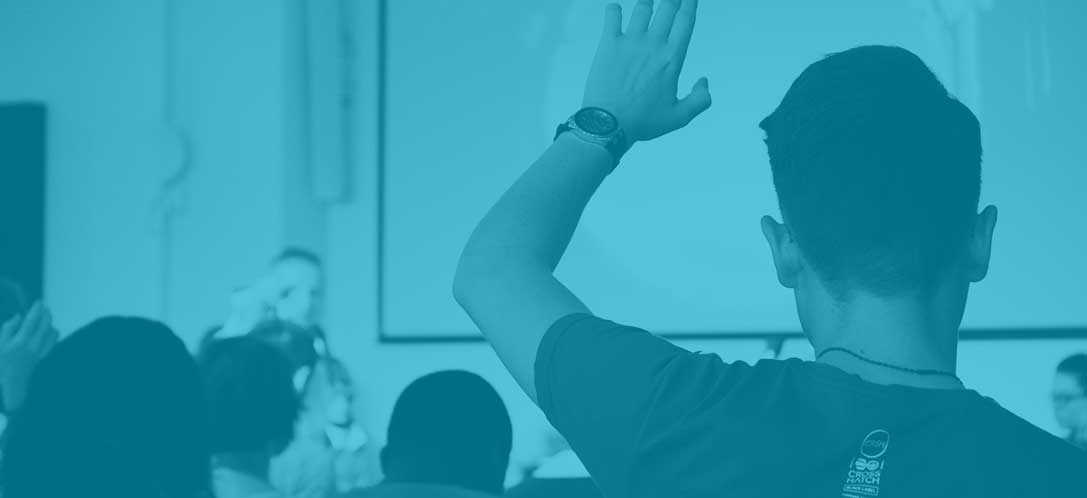
7. Campus space and design modifications will be necessary moving forward.
When you have remote plus people on site, the people in the room have privilege.
Roundtable Participant
Regardless of the type of institution or type of student, roundtable participants frequently discussed how campus space design requires reconsideration to accommodate the new normal on American campuses and to meet the needs and expectations of students, faculty, and administrators, and other stakeholders.
Effective spaces for simultaneous face-to-face and video participation were discussed. As previously stated, the group was generally unfavorable to synchronous teaching to both on-ground and online learners, but there was broad acknowledgment that such enhanced design will substantially improve board meetings, conferences, and related campus activities. As one participant said so well, “When you have remote plus people on site, the people in the room have privilege. So, location shouldn’t define privilege in a conversation. This is a complicated problem that needs to be fixed”. Ultimately, this is a significant barrier to leveraging both in-person and online formats simultaneously.
Strategic investments, such as lecture capture studios, need to be made to ensure quality and production capability is of a certain standard. Smart investments that will not just allow us to do it—but do it well.
Modular space design emerged as a priority, and emphasis was placed on creating spaces that can be easily adaptable for a variety of constituencies for a variety of needs. Beyond teaching and conferencing space, a re-thinking of back office and office space is also required.
Provocative Points to Consider and Food for Thought
Roundtable participants made several insightful points that, while not representing consensus among the group, are worthy for consideration.
- The consumerization of behavior has had an impact on how life should be as a student consumer of higher education.
- For example, in an era where students can order food from anywhere they want within 30 minutes, why should they have to wait anytime for the bursar’s office to open, etc.?
- Many small colleges are struggling now—partly because they lack access to online courses.
- It’s important to remember that we have very little understanding of what has happened over the past 18 months about the student experience and the teacher experience. The amount of research conducted about what’s happening in classrooms is almost nothing. For example, one participant made mention of their college’s pivot to open educational resources. Was that one college, 100 colleges, 1000 colleges? Who knows? At some point, a cross-interdisciplinary group must come together and study how higher education can change to achieve the goals we want (e.g., lower costs, better learning outcomes, increased access). Some organization needs to pull us together to not only understand the impacts of the pandemic but also give us an evidenced-based, research-based approach to move forward.
- Faculty feel like they did a ton of work and really changed a lot. However, despite all of those changes, in almost all places, the trends were to conserve just about every feature of higher education. For example, there was this massive pandemic, causing faculty to walk away from their lecterns to sit down in front of their computers and keep teaching the way they were. If you consulted instructional designers on how to do online learning, they’d probably have much to say about synchronous v. asynchronous, hybrid, etc., but these things didn’t happen—faculty just went to Zoom and kept it the same way.
- The massive shutdown in in-person education saw a default to content management systems and video conferencing. So overwhelmingly people turned to the oldest, most established technologies in our suite. Things like learning analytics, game-based learning, etc. just weren’t systematically adopted.
- Regarding competencies, credentials, and seat time – the group discussed how there are some things we know how to certify competencies on and some we don’t. In those areas we don’t – seat time is a good proxy. Also, one participant mentioned how certifying people’s competence can be “super boring.” Another participant mentioned that this is a question for the accreditors since they have ultimate authority on the issue and most institutional leaders view this as a risk not worth taking until accreditors embrace the idea of backing off seat time.
Facilitators
Paul Orban

Paul Orban | Higher Education Market Leader | BHDP
As the Higher Education Market Leader for BHDP Architecture, Paul focuses his research and expertise on addressing quality of life and learning for the college and university community. His experience includes planning and design for science teaching and research, health sciences and medical education, residence halls, student centers, libraries, and general academic buildings. His experience includes projects throughout the United States.
Kevin Denman
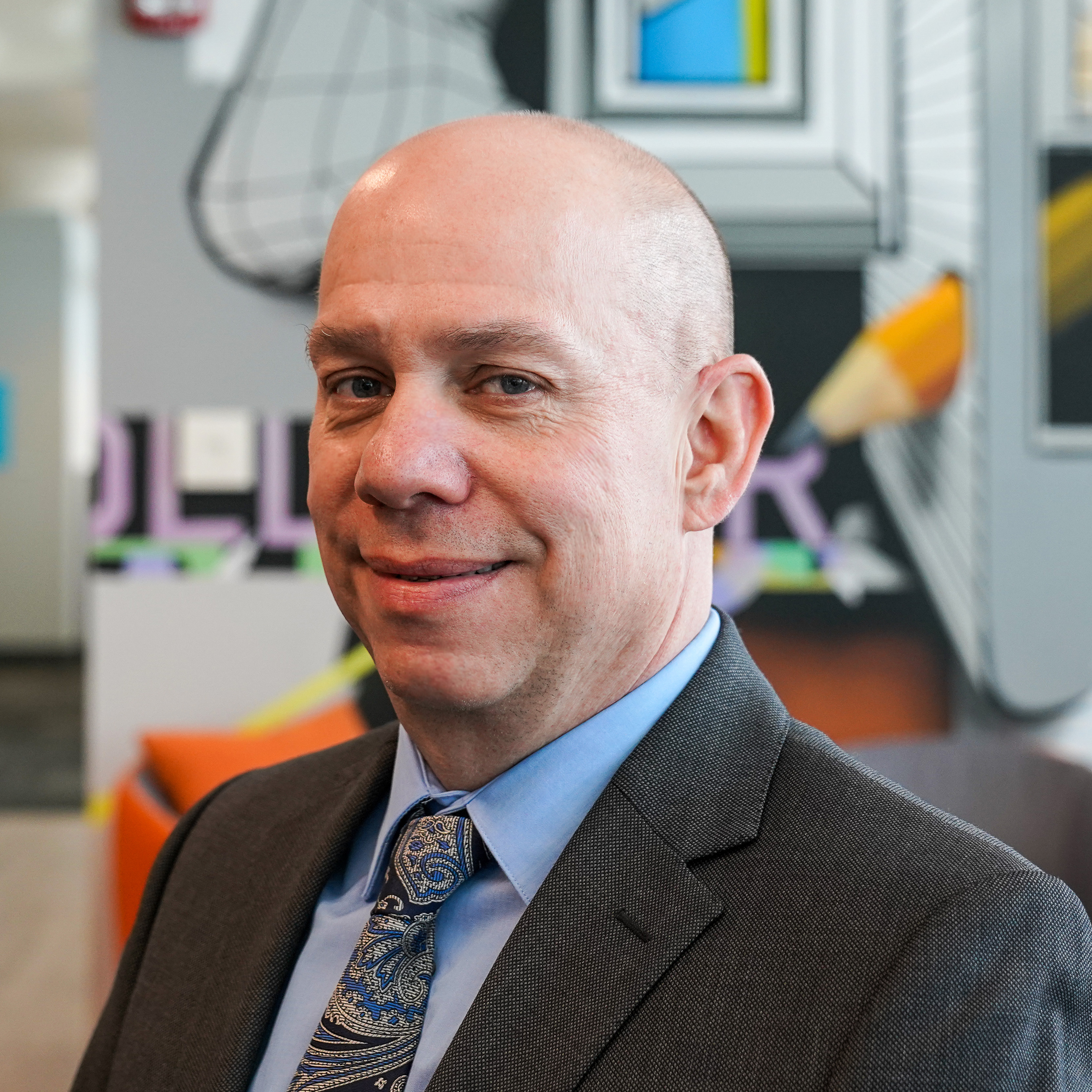
Kevin Denman | Senior Project Manager | BHDP
Within his 25 years of experience, Kevin has served as the Project Architect and Project Manager for a diverse range of higher education projects, including libraries, classroom buildings, laboratories, and student centers. He has a depth of experience administering the construction contracts and representing his clients. Throughout his work, Kevin has demonstrated his ability to bring together the goals of the client team into a collaborative solution that works for the students, administration, and staff.
Jamie Caridi, PhD
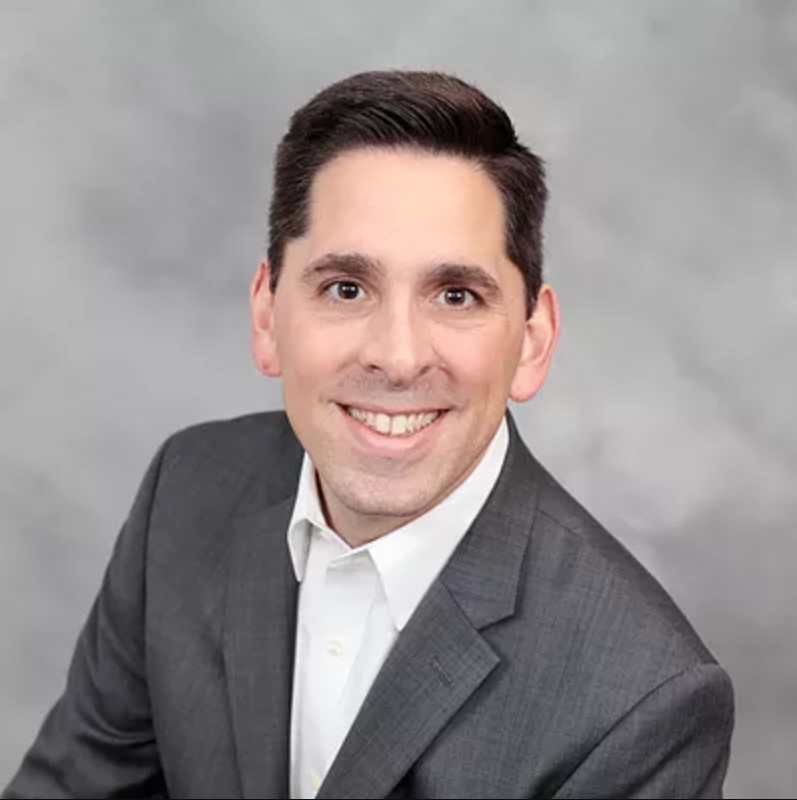
Jamie Caridi, PhD | President | Terra Firma Consulting Services, LLC
For the past 25 years, Dr. Caridi has served as both a higher education and corporate executive. He holds two degrees in higher education including a PhD in Educational Leadership and Higher Education and has served on the cabinets of two institutions. Currently, Dr. Caridi is President of Terra Firma Consulting Services, LLC, a higher education consulting firm specializing in helping institutions to be economically stable, competitive, and attractive to the marketplace.
Participants

Roslyn Artis, JD, EdD | President | Benedict College
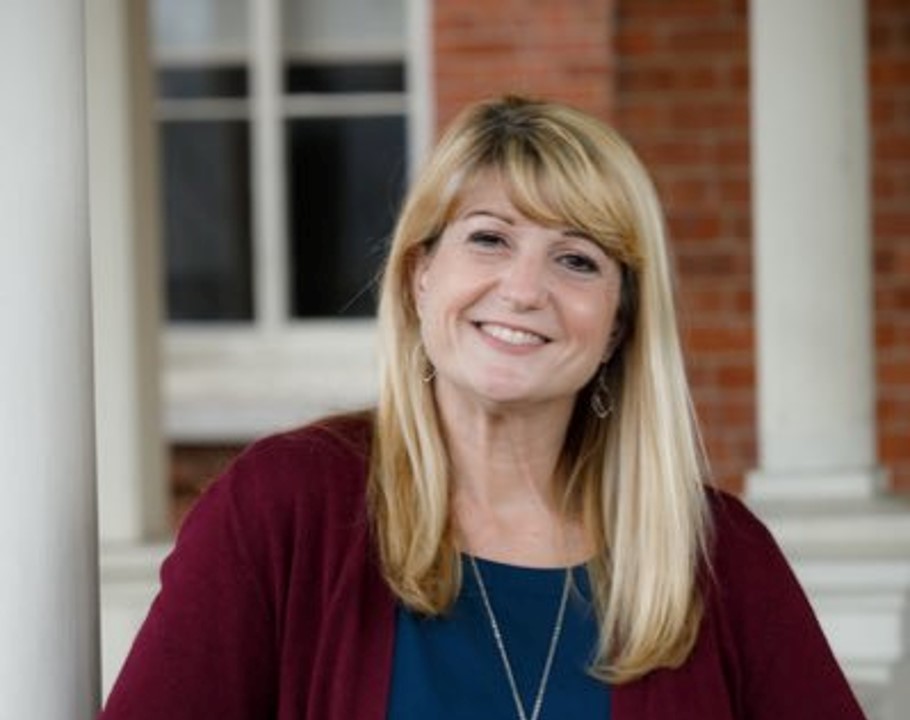
Susan Burns, PhD | President | College of Mount Saint Vincent
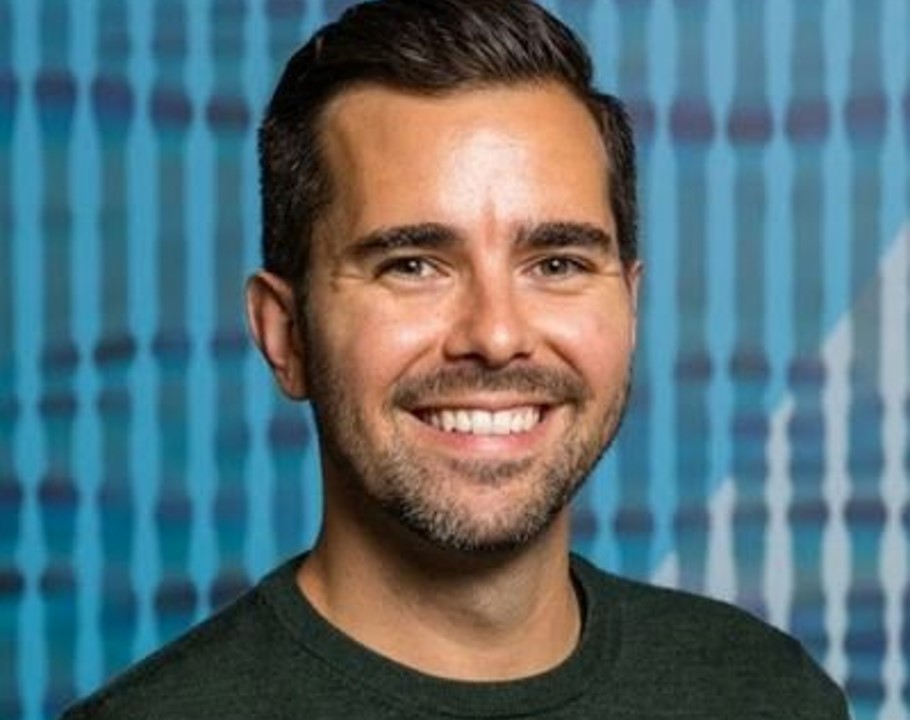
Steven Butschi | Head of Education | Google Cloud
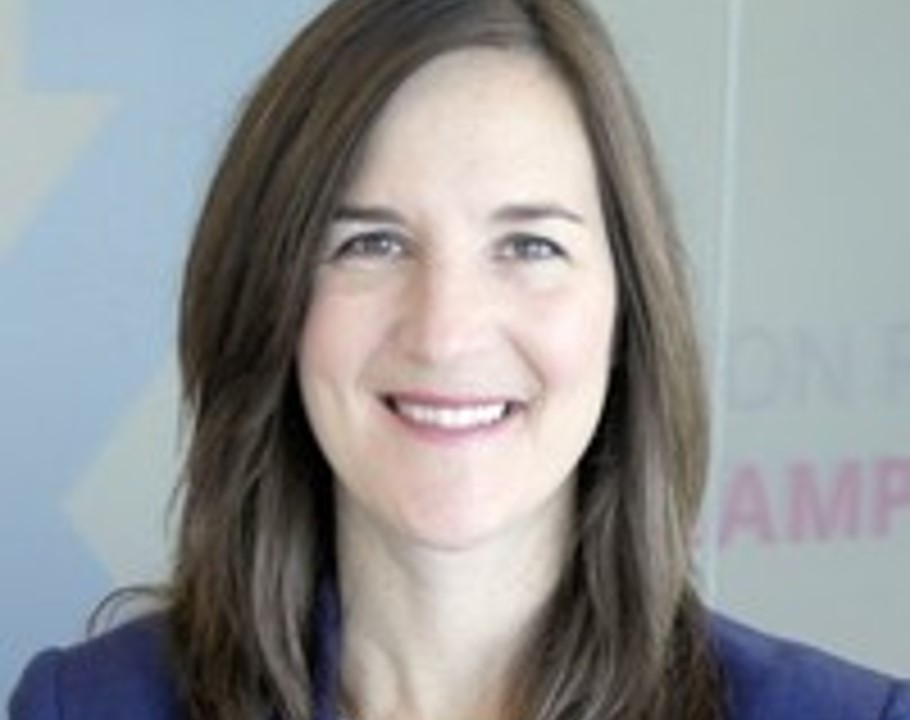
Nina Huntemann, PhD | Vice President of Learning | edX

Joshua Kim, PhD* | Director, Online Programs and Strategy and Professor | Dartmouth
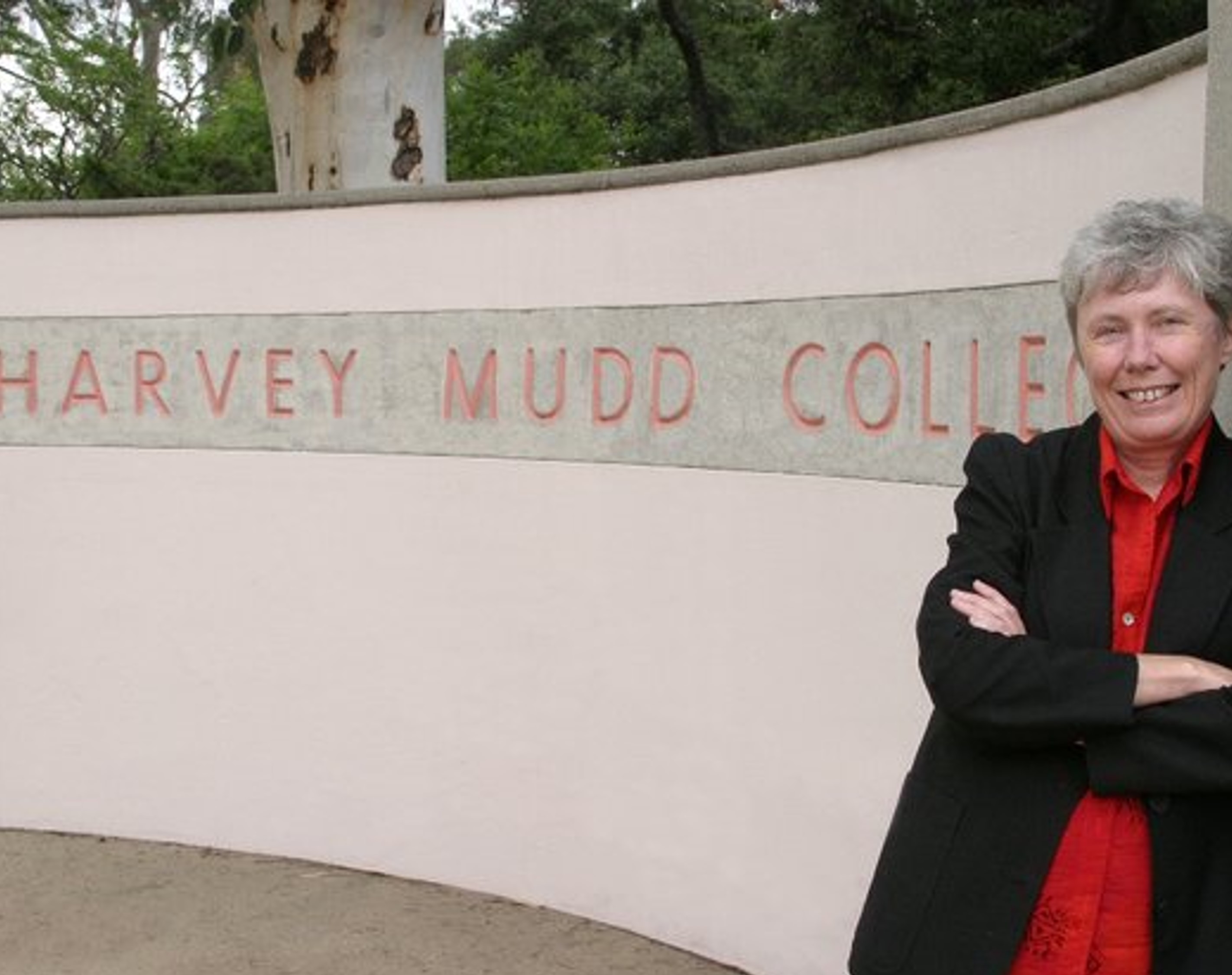
Maria Klawe, PhD |President | Harvey Mudd College
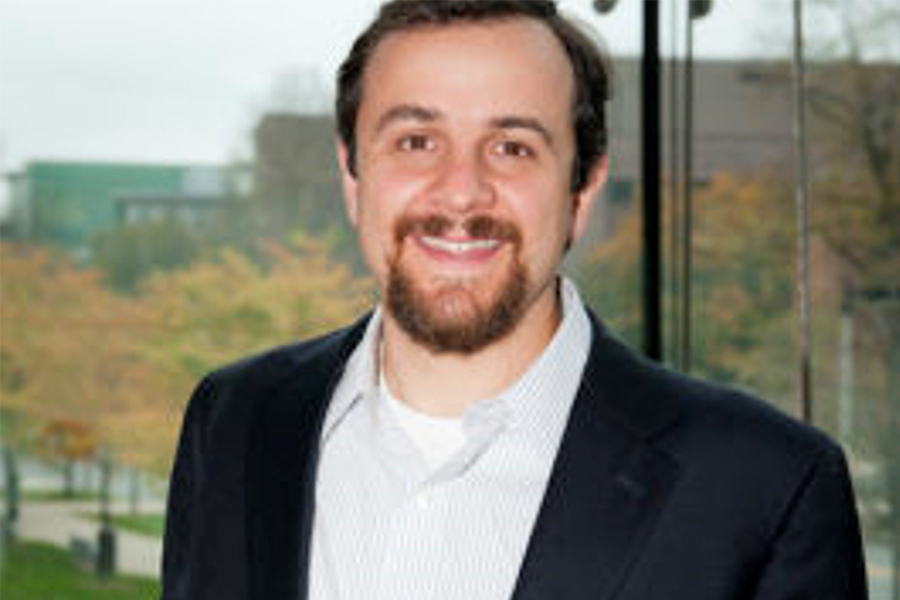
Justin Reich, PhD** | Director, Teaching Systems Lab, and Professor | MIT
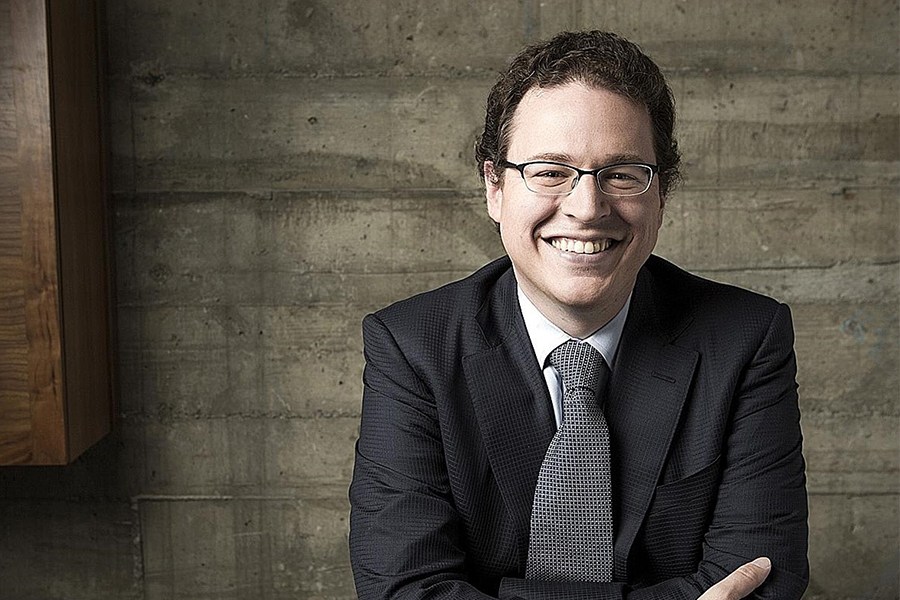
Ben Nelson | Chairman and CEO | Minerva Project
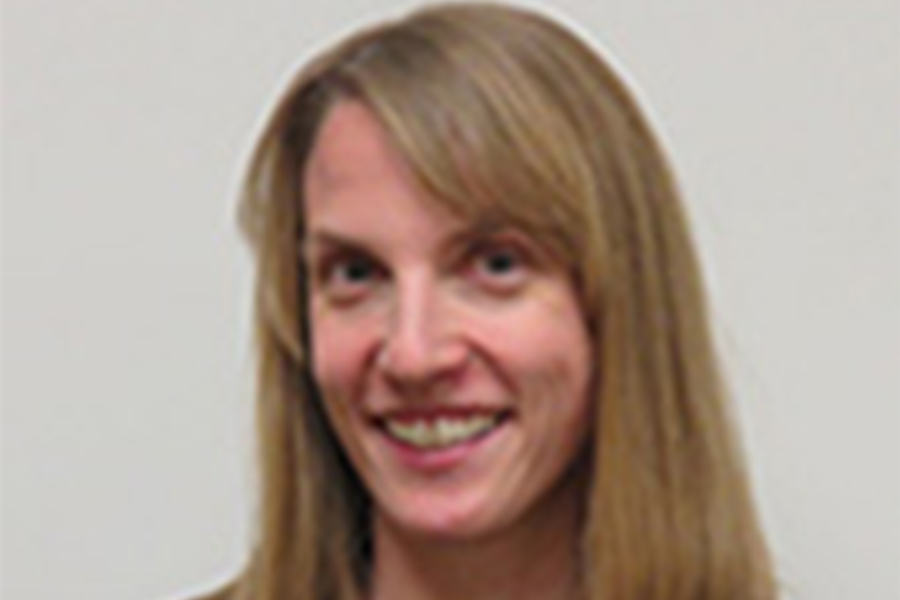
Sadia Wutka | Director, Content Strategy | The Society for College and University Planning
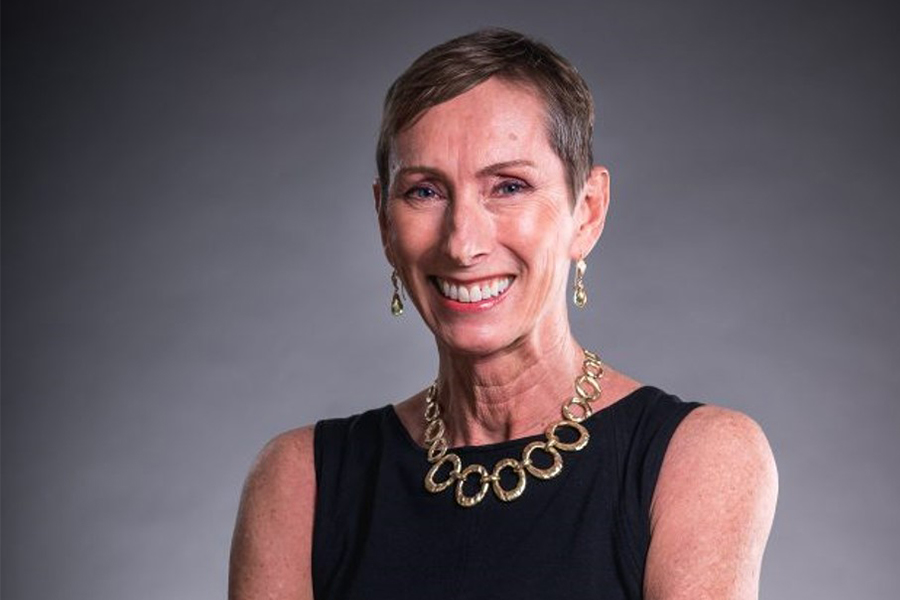
Betty Vandenbosch, PhD | Chief Content Officer | Coursera

